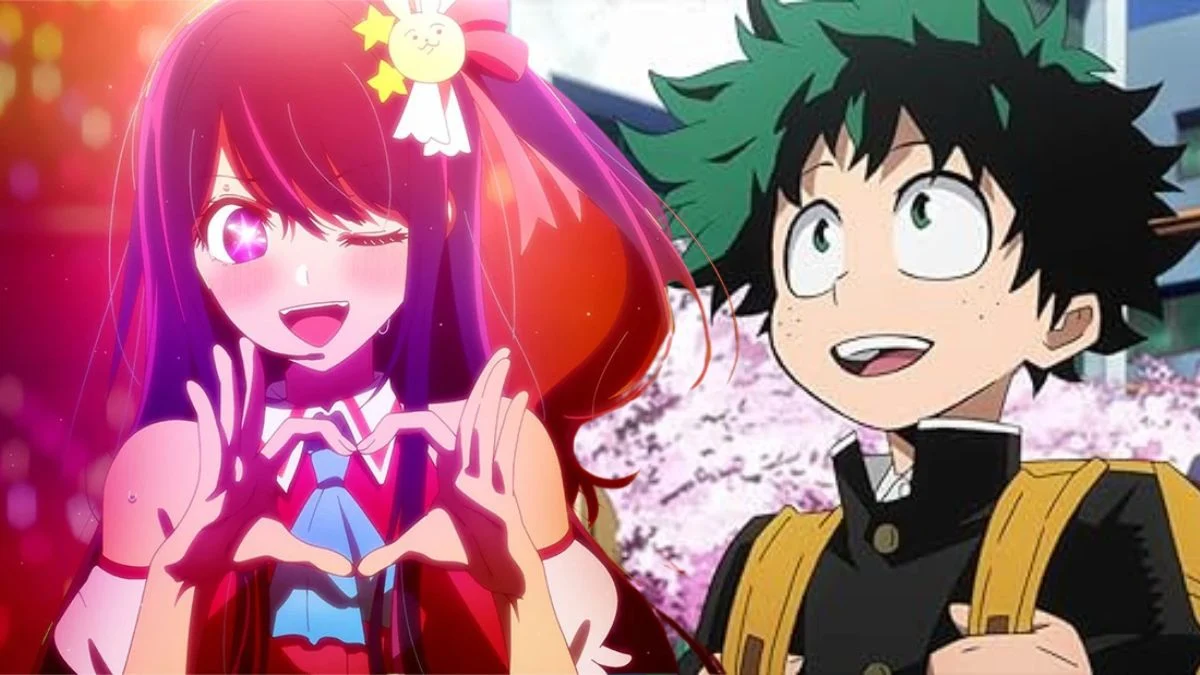
Strong first episodes are crucial – they need to quickly establish the story’s setting, how things work, and who the main characters are. They also need to grab your attention and make you eager to see what happens next. The really good ones clearly show what’s at risk, create memorable moments for the characters, and have a distinct style you notice immediately. Often, they subtly hint at future surprises. Here are some examples of opening episodes that do all of this skillfully and confidently, making a compelling case to continue watching.
‘Attack on Titan’ (2013)
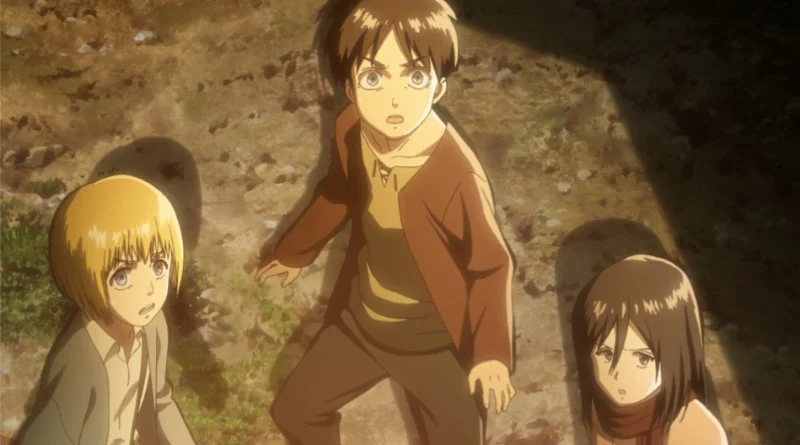
The first episode introduces the world of walled cities, the military, and a devastating Titan attack that forever alters Eren and Mikasa’s lives. It immediately establishes the high stakes with the destruction of Shiganshina and highlights the struggle for survival and the call to action. We quickly learn how Titans function and how humans fight back. From the very beginning, Wit Studio showcases impressive large-scale battles and unique Titan designs.
‘Fullmetal Alchemist: Brotherhood’ (2009–2010)
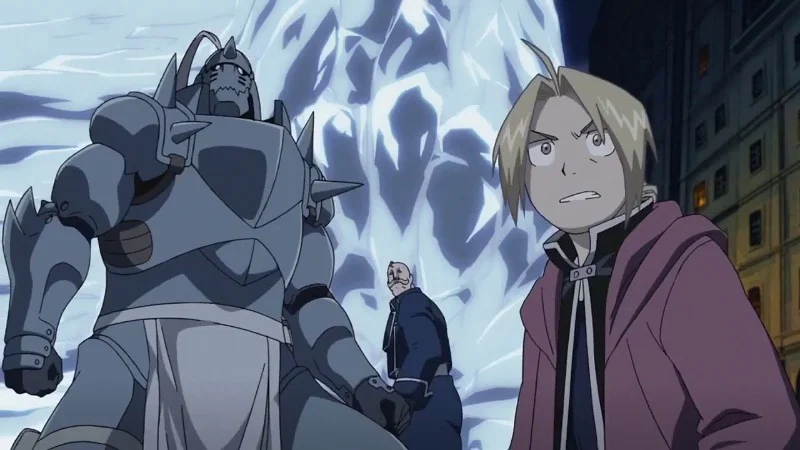
The story immediately establishes the rules of alchemy and what motivates Edward and Alphonse. It blends their current mission in Central City with flashbacks revealing how they became who they are and what they’re trying to achieve. We’re quickly introduced to important groups within the military, as well as the relationship between the two brothers. From the beginning, the series clearly explains how alchemy works and how people move and fight using it, thanks to well-organized visuals.
‘Cowboy Bebop’ (1998–1999)
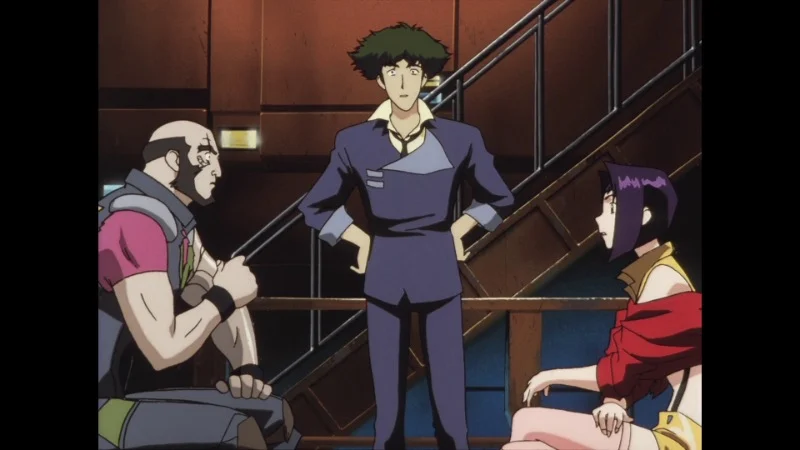
The first episode introduces Spike and Jet as bounty hunters and demonstrates what happens when a job goes wrong. It also establishes the setting – the spaceship Bebop and a future filled with both crime and jazz music – which becomes a hallmark of the series. The story of a couple fleeing from trouble sets the pattern for the show, with self-contained episodes that also hint at deeper character development. The episode ‘Sunrise’ blends exciting action sequences with a memorable soundtrack, creating a strong and distinctive atmosphere.
‘Death Note’ (2006–2007)
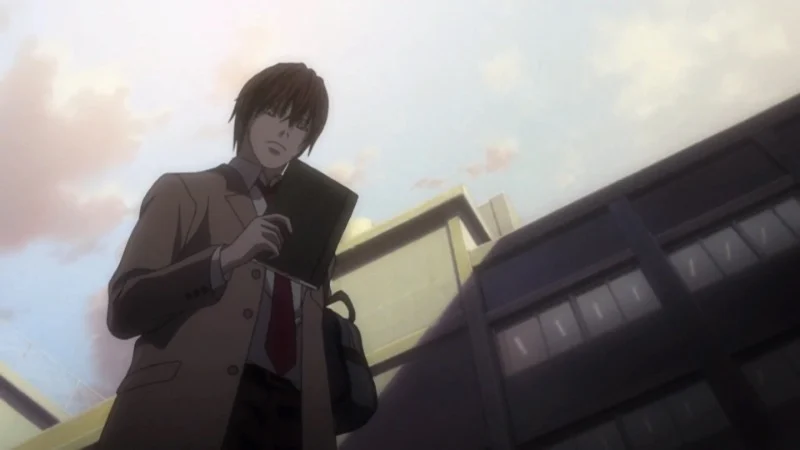
Light finds the mysterious notebook and begins experimenting with its power, leading to a fateful encounter with Ryuk, the Shinigami. This sets up the central conflict of the story: a dangerous game of cat and mouse. The first episode establishes the rules of the notebook – how it works with names and faces, and the constraints Light must navigate. We also see the immediate fallout as the police investigate a series of unexplained deaths. The animation studio, Madhouse, expertly builds suspense through careful camera work and a striking use of color.
‘Neon Genesis Evangelion’ (1995–1996)
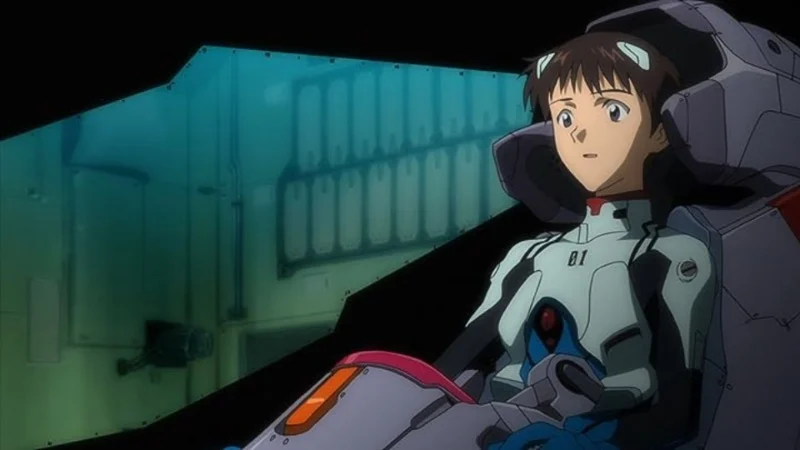
Shinji quickly finds himself in Tokyo-3, discovering the world of Evangelions and immediately battling an Angel. The episode introduces NERV’s organization and how the Evangelion pilots operate, highlighting the dangers involved. The dramatic transformation of the city and the launch process emphasize the massive scale and established procedures. Throughout the action, subtle, quieter scenes reveal the emotional strain on the characters.
‘Demon Slayer: Kimetsu no Yaiba’ (2019)
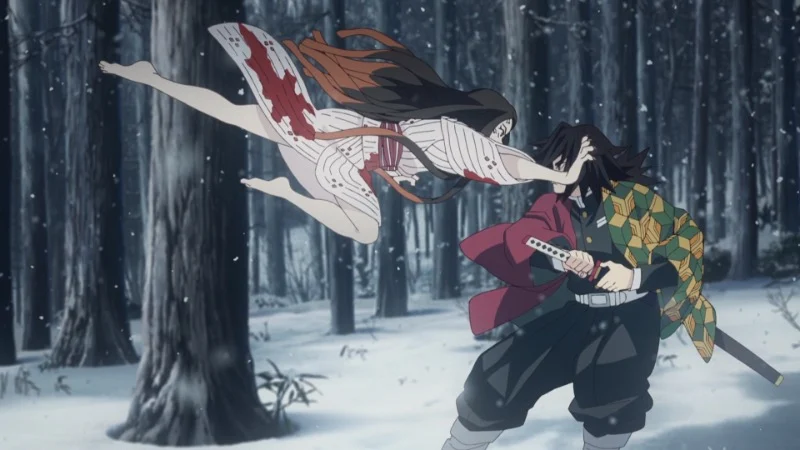
Tanjiro’s story starts with a heartbreaking family loss and the realization that his sister, Nezuko, has been transformed. The first part of the series introduces the world of the Demon Slayer Corps, highlighting the importance of training and guidance. Key skills like sword fighting, tracking using scent, and understanding demon powers are all established early on. The animation studio, Ufotable, delivers impressive action and visuals right from the beginning.
‘Jujutsu Kaisen’ (2020)
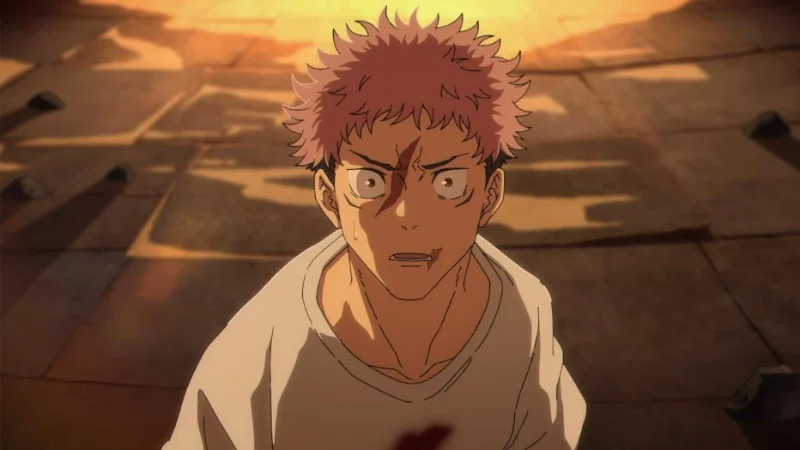
Okay, so this episode really threw me in! We finally see Yuji’s powers, a cursed object, and everything happening at this school all collide at once. It did a great job of explaining what curses are, what talismans do, and how people can become vessels. Plus, we met Gojo, who’s amazing, and learned that there’s a whole school in Tokyo dedicated to training sorcerers! The animation is fantastic too – MAPPA really nailed the monster designs and the fight scenes are so fast-paced and exciting. It all sets the tone for what feels like a really intense series.
‘Chainsaw Man’ (2022)
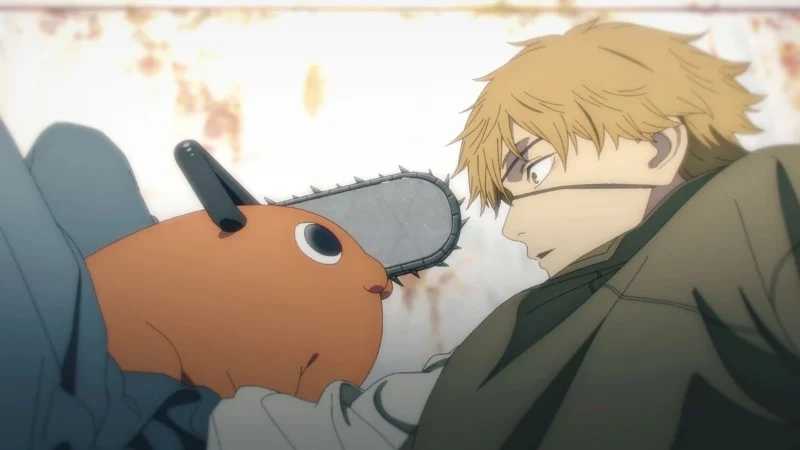
The first episode of the series quickly introduces Denji’s financial struggles, his close relationship with Pochita, and how contracts with devils function. It explains the organization of devil hunters and how hybrid transformations work. The episode concludes by showing Denji’s new role and team. The animation studio, MAPPA, creates a realistic and immersive world through detailed visuals and sound.
‘Mob Psycho 100’ (2016)
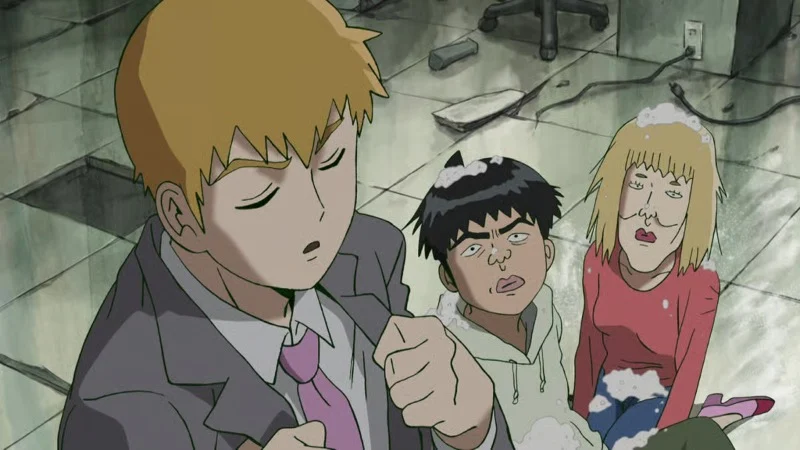
The episode introduces Shigeo (Mob), explaining how his hidden emotions fuel his psychic abilities, and details the way Reigen runs his spirit exorcism business. It shows us how exorcisms work and how Mob’s power level is measured throughout the story. By balancing everyday school life with Reigen’s unusual jobs, the episode sets up themes that will become important later on. From the beginning, the animation studio Bones expertly blends humor with impressive displays of psychic power.
‘One Punch Man’ (2015)
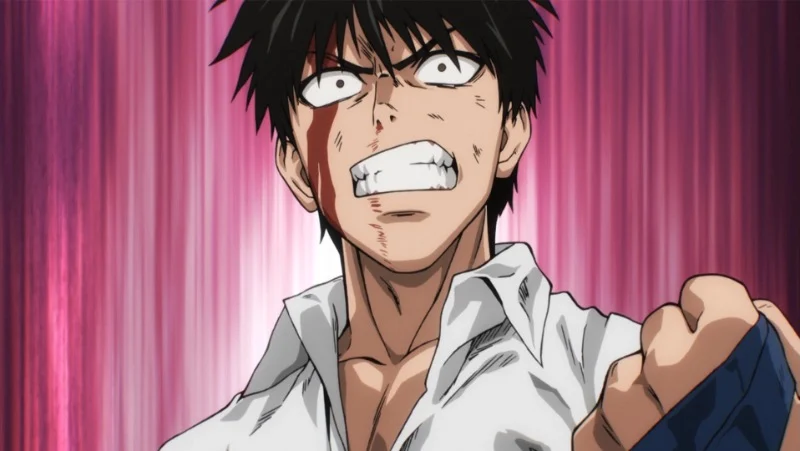
The latest episode quickly establishes the core elements of the series: Saitama’s intense training, his incredible power, and the recurring pattern of facing new monsters each week. It also introduces the world itself, detailing the cities, frequent disasters, and the formal hero organizations created to deal with them. We see how damage from battles is handled and how ordinary people respond, all while Madhouse delivers impactful action sequences balanced with dry, understated humor, creating a consistent and engaging pace.
‘My Hero Academia’ (2016)

As a film fan, I really appreciated how the beginning of this movie quickly establishes the world’s rules – everyone has these powers called ‘Quirks,’ and it shows us exactly how people become licensed heroes. We immediately get a sense of the main character’s situation and what drives him – he’s studying the pros, trying to figure out how to become one himself. It also cleverly sets up typical hero scenarios – rescues, villains, and how the public sees all of this. Visually, the animation is fantastic; the character designs are clear, and the action sequences are easy to follow, which really helps to reinforce everything the story is explaining.
‘Steins;Gate’ (2011)
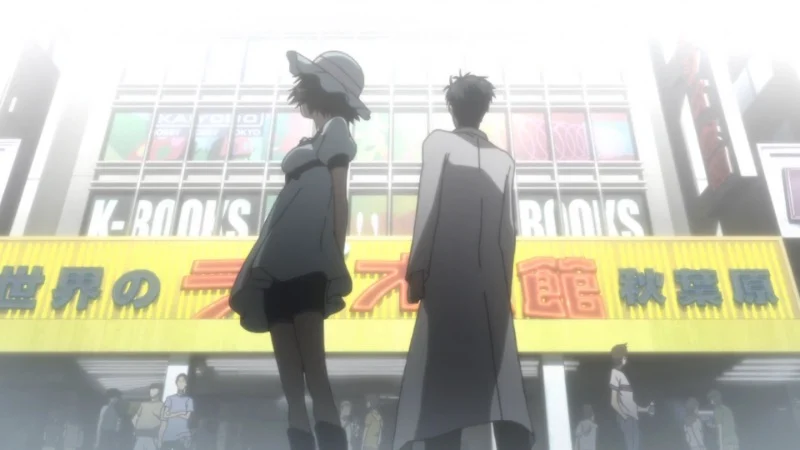
The story starts with minor, strange occurrences involving messages and microwaves, hinting at time travel. The first episode establishes the location – Akihabara and the Future Gadget Lab – and the characters’ roles as they begin experimenting. It also introduces rules about what they can observe and how they can communicate, which become important later on. The animation studio, White Fox, enhances the mysterious atmosphere with subtle visual details and a deliberate, unhurried pace.
‘Monster’ (2004–2005)
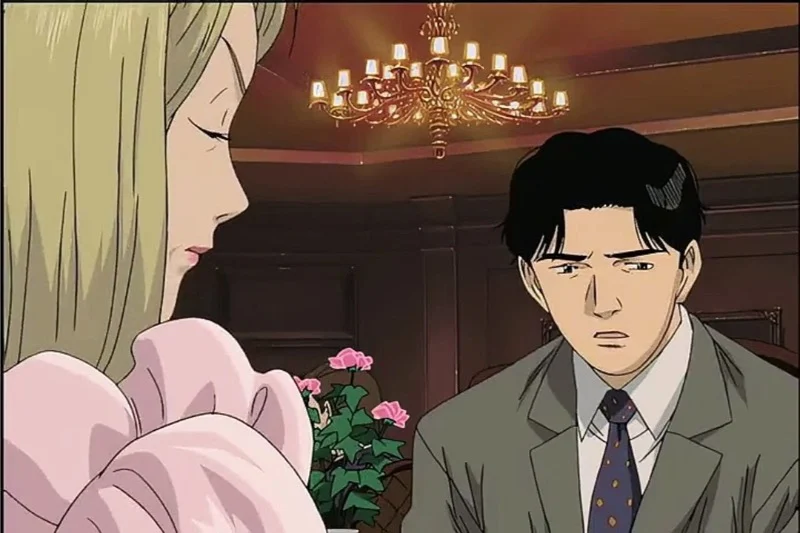
The central conflict revolves around Dr. Tenma’s ethical dilemma, the power dynamics within the hospital, and the consequences that unfold. This episode explores how police work, media attention, and professional ambition create challenges for decision-making. It establishes a complex, ongoing investigation driven by clear cause-and-effect relationships. The animation studio, Madhouse, maintains a realistic approach with careful and intentional editing choices.
‘Samurai Champloo’ (2004–2005)
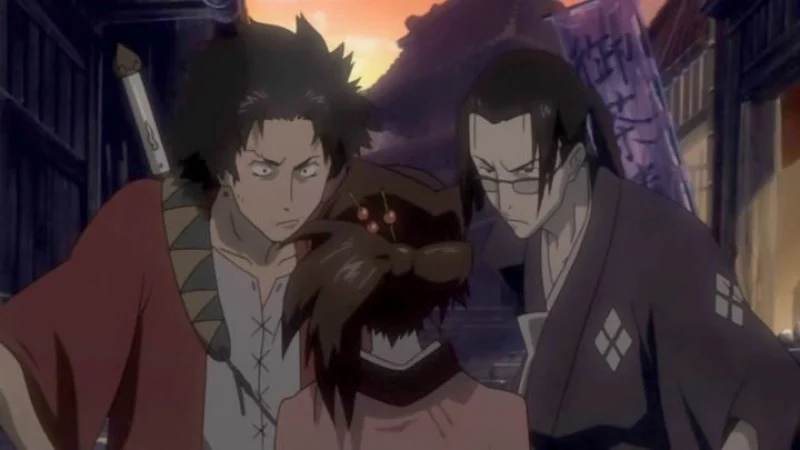
The initial encounter between Mugen, Jin, and Fuu sets the stage for their adventures, following a lively fight. The episode expertly mixes traditional Japanese history with contemporary music and action terms. It demonstrates how their duels unfold and the unexpected problems they cause for local officials. The animation studio, Manglobe, delivers a visually striking style through precise fight sequences and quick, dynamic editing.
‘Made in Abyss’ (2017)
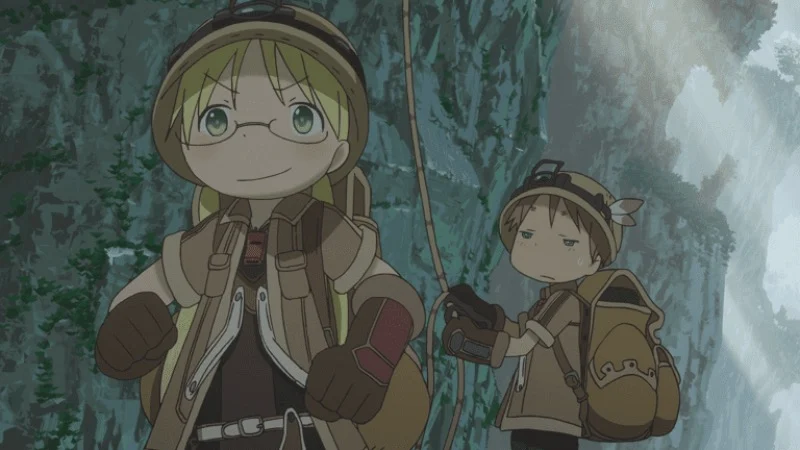
Right from the start, the episode dives into how relic hunting works, the daily life at the orphanage, and a glimpse of the Abyss’s different layers. It clearly explains the ranking system for whistles, the challenges of climbing, and standard procedures for exploring. We quickly understand what drives Riko and the real difficulties of venturing into the Abyss. The animation studio, Kinema Citrus, builds a believable world through detailed environments and effective use of light.
‘Paranoia Agent’ (2004)

A series of attacks brings together the stories of different people, creating a puzzle the police need to solve. The story begins by showing how the media, rumors, and city tensions play a role, and how each person’s story affects the investigation. The show uses disturbing visuals alongside a traditional police procedural format to immediately grab the viewer’s attention and set a tense mood.
‘The Promised Neverland’ (2019)

Okay, so this episode really showed how the orphanage operates – everything is super structured with daily routines and constant monitoring. But then a big reveal changed how we see everything, and it made the challenges of escaping much clearer. What I loved was seeing how well the characters planned, worked together, and kept information under wraps. And honestly, the animation studio, CloverWorks, did an amazing job building tension with how they framed each scene and moved the characters around – it really added to the suspense!
‘Violet Evergarden’ (2018)

Violet’s new job at a postal company reveals the unique profession of Auto Memory Dolls. The episode details how these dolls provide dictation services, work with clients, and carefully craft letters – essentially, it’s a job built on communication and understanding others. Kyoto Animation brings the story to life with beautiful animation and meticulously detailed backgrounds.
‘Spy x Family’ (2022)

The mission requires the Forgers to act like a typical family, which means going through the process of adopting a child and enrolling her in school. This episode reveals Anya’s special ability and how it complicates traditional spy work. It also shows what the team needs to do to fit in at school, including how to act during interviews and meet social expectations. The animation studios Wit Studio and CloverWorks work together to visually communicate all of these details and make the family dynamic believable.
‘Oshi no Ko’ (2023)

The entertainment world is built on how talent agencies work, the passion of fans, and how movies and shows are made. This episode explores how performers are shaped by their public image, the details of their contracts, and the demands of production schedules. It uses a personal story to illustrate the challenges and complexities of the business side of entertainment. The animation studio, Doga Kobo, enhances the storytelling with polished visuals and effectively highlights key emotional moments.
Let us know in the comments if we left out any amazing pilots, and tell us which first episodes immediately grabbed your attention!
Read More
- Fed’s Rate Stasis and Crypto’s Unseen Dance
- Silver Rate Forecast
- Gold Rate Forecast
- Красный Октябрь акции прогноз. Цена KROT
- Ridley Scott Reveals He Turned Down $20 Million to Direct TERMINATOR 3
- Blake Lively-Justin Baldoni’s Deposition Postponed to THIS Date Amid Ongoing Legal Battle, Here’s Why
- The VIX Drop: A Contrarian’s Guide to Market Myths
- ETH to the Moon? 🚀 Or Just a Bubble?
- Global-e Online: A Portfolio Manager’s Take on Tariffs and Triumphs
- Top 10 Coolest Things About Indiana Jones
2025-10-29 00:46